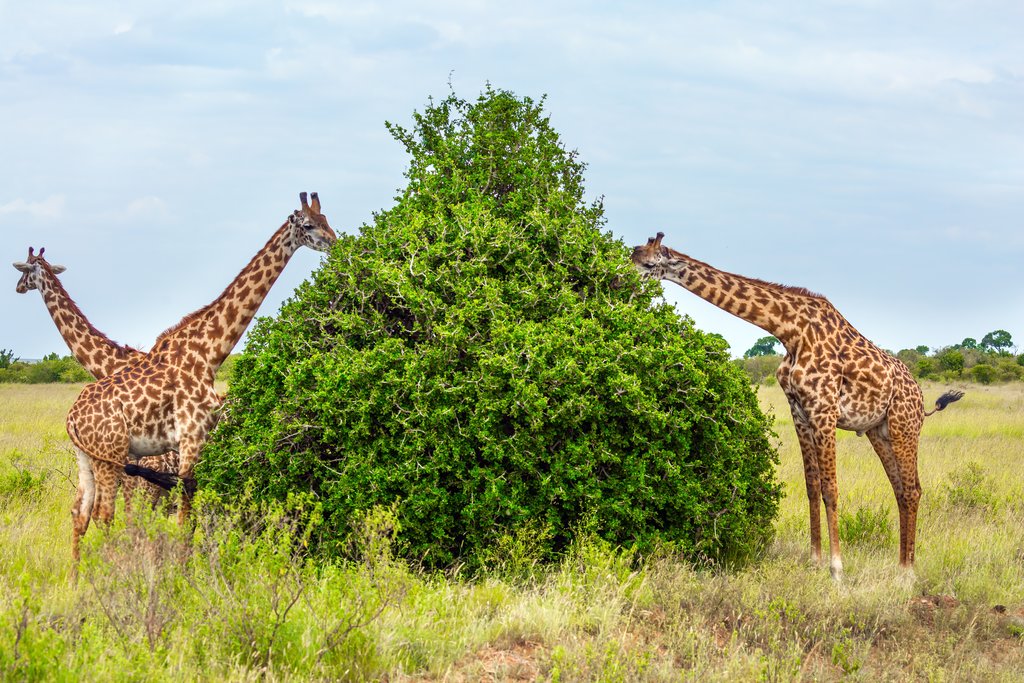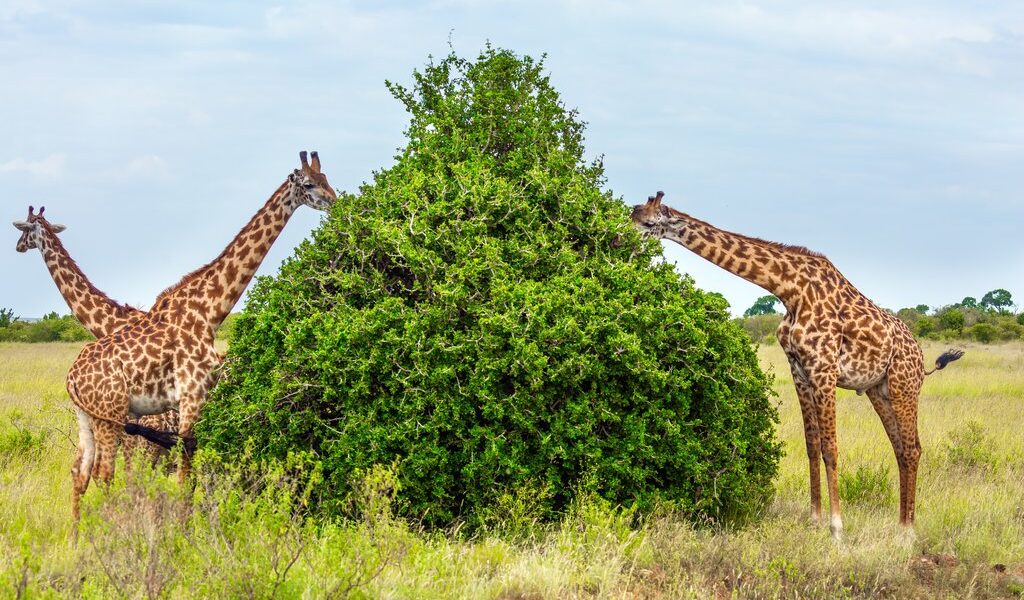
By July, the dry season has arrived, the rains are gone, and high tourist season is in full swing. It’s a fantastic time to watch wildlife roam the savannah or soak up breathtaking views of Mount Kilimanjaro. It’s relatively cool in Nairobi, averaging in the 70s, with slightly hotter temperatures along the coast. The only downside to visiting in July is that crowds begin arriving in large numbers.
Kenya in July: A Comprehensive Guide to Weather, Wildlife, and Wonderful Experiences
July in Kenya presents a truly captivating travel experience, offering a harmonious blend of favorable weather, breathtaking landscapes, and unparalleled wildlife encounters. However, this idyllic period also attracts a greater number of visitors, impacting both availability and pricing. Let’s delve into the details to help you plan your perfect Kenyan adventure.
Weather in Detail
July graces Kenya with warm, dry conditions that are generally considered ideal for exploration and adventure. Temperatures are typically pleasant and bathed in sunshine, avoiding the intense heat that can sometimes characterize other months. The notable exception to this dry spell can be found in the mountainous regions, particularly around Mount Kenya and Hell’s Gate National Park, where sporadic rainfall is possible.
In Nairobi, the vibrant capital city, daytime temperatures typically fluctuate between a comfortable 73 and 77°F (approximately 23 to 25°C). This creates a delightful atmosphere for immersing yourself in the city’s bustling markets, discovering hidden gems, or simply enjoying the serenity of its botanical gardens. As evening descends, the temperature dips to around 55°F (approximately 13°C), so it’s wise to pack a jacket or sweater to ensure your comfort during nighttime strolls and activities.
Along the Kenyan coast, the climate is even warmer, though the gentle sea breeze ensures that it remains pleasantly tolerable. Average daytime highs range from approximately 82 to 88°F (around 28 to 31°C). The refreshing breeze emanating from the Indian Ocean provides a natural cooling effect, allowing you to explore the coastal towns and beaches without feeling overwhelmed by the heat. Furthermore, the ocean water is invitingly warm, making July a particularly attractive time for sunbathing, swimming, and engaging in a wide array of beach-related activities. Picture yourself relaxing on the pristine sands, the sun warming your skin, as you listen to the soothing rhythm of the waves – a truly unforgettable experience.
Crowds and Costs: Navigating Peak Season
The allure of Kenya’s near-perfect July weather inevitably leads to increased tourist activity. As such, it’s essential to be prepared for larger crowds and, consequently, higher costs. July marks the peak season throughout the country, and this is reflected in the pricing of accommodation and travel services. Hotels typically implement special high-season rates, which can, in some instances, be double the prices charged during the low season.
Airfare also tends to be more expensive during this period, and securing deals or promotions can prove challenging. Popular tourist destinations will likely be more crowded, and if you opt for a shared safari experience, expect the vehicle to be filled to capacity.
However, it’s crucial to maintain perspective. While the increased crowds and costs are undeniable, the overall experience of visiting Kenya in July remains exceptional. Group sizes for many tours are relatively small, which helps mitigate the impact of larger tourist numbers. Furthermore, the unparalleled wildlife viewing opportunities and the sheer beauty of the landscapes more than compensate for the inconveniences associated with peak season travel. With careful planning and a flexible mindset, you can still enjoy an unforgettable Kenyan adventure in July.
Where to Go: Exploring Kenya’s Diverse Regions
Kenya in July offers an abundance of possibilities, with virtually every region showcasing its unique charm and appeal.
In Nairobi, the warm and agreeable temperatures create the perfect backdrop for exploring the city’s cultural and historical landmarks. Whether you’re haggling for souvenirs in the bustling markets or admiring the grandeur of colonial-era architecture, the pleasant climate ensures a comfortable and enjoyable experience. Unlike the hotter months, you won’t feel overwhelmed by the heat, and even the cooler evenings are mild enough for leisurely walks without the need for heavy layers.
The southern coast beckons with its pristine beaches and inviting turquoise waters, solidifying its position as one of the premier destinations for July travel. With temperatures hovering in the mid-80s, conditions are ideal for lounging on the white sand beaches, swimming in the warm Indian Ocean, or indulging in a variety of water sports. Coastal towns such as Mombasa and Malindi offer a vibrant atmosphere and a wealth of activities to complement the idyllic beach setting.
For wildlife enthusiasts, Maasai Mara reigns supreme in July. This is the time when the Great Wildebeest Migration begins to unfold in its full glory. Witnessing the immense herds of wildebeests crossing the Mara River in unison is an awe-inspiring spectacle that will undoubtedly leave a lasting impression. While some degree of migration occurs year-round, the sheer scale and drama of the mid-to-late July migration are unparalleled. In addition to wildebeests, you’re also highly likely to encounter zebras, lions, giraffes, elephants, and a diverse array of other fascinating wildlife.
Lake Nakuru, renowned for its vast flocks of pink flamingos, is another must-visit destination in July. The short grasses provide unobstructed views of the birds, allowing you to capture stunning photographs and fully appreciate their beauty. The favorable weather and dry ground conditions further enhance the experience, ensuring that your vehicle won’t get stuck and that you can navigate the area with ease.
Other national parks that shine during this time of year include Hell’s Gate National Park, where you can hike and bike amidst stunning scenery without the threat of predators; Amboseli National Park, offering breathtaking views of Mount Kilimanjaro towering in the distance; and Mount Kenya National Park, a haven of volcanoes and geysers. However, it’s worth noting that these mountainous parks are prone to occasional rainfall, so packing a waterproof jacket is advisable.
What to Do: Activities and Experiences
In Nairobi, take advantage of the pleasant weather to explore the vibrant Maasai Market for unique cultural souvenirs or indulge in some retail therapy at the upscale Village Market. Immerse yourself in the local art scene by visiting galleries such as the Banana Hill Art Gallery or the Matbronze Art Gallery and Foundry. Delve into Kenya’s rich history and culture at the Nairobi National Museum. For wildlife encounters closer to the city, take a day trip to the black rhino sanctuary at Nairobi National Park or visit the AFEW Giraffe Center to get up close and personal with these gentle giants.
A trip to the coast offers opportunities to explore the charming towns of Mombasa and Malindi. These picturesque beach destinations, nestled on ivory sands overlooking the warm, blue Indian Ocean, are perfect for snorkeling, scuba diving, kayaking, and other water-based activities. In Mombasa, embark on a dolphin-watching boat tour or explore the wonders of the Mombasa Marine National Park. In Malindi, visit the breathtaking Watamu Beach or take a trip to the Falconry of Kenya bird rehabilitation center.
Consider booking an adventure safari through Maasai Mara to witness the spectacle of the wildebeest migration. For a truly unforgettable experience, take a hot air balloon ride over the vast national park, culminating in a champagne breakfast after sunrise. At Lake Nakuru, marvel at the sight of the pink flamingos congregating on the picturesque waters. Alternatively, embark on a mountain biking tour of Hell’s Gate National Park, where the absence of predatory animals allows you to cycle or hike freely, observing zebras and elephants amidst the stunning volcanic gorges.
Events in July
Eid al-Adha: Towards the end of July, Muslims in Kenya celebrate Eid al-Adha, also known as Eid Qurban, the “Festival of Sacrifice.” This significant event, which involves feasting, chanting, and prayer, commemorates the story of Ibrahim’s willingness to sacrifice his son for God.
Traveling to Kenya in July: A Recommended Itinerary
Kenya Wildlife Safari – 10 Days: For those who prefer a pre-arranged itinerary, this exceptional 10-day nature safari offers a seamless and unforgettable July vacation. It encompasses visits to some of Kenya’s most stunning parks and guarantees encounters with its most iconic wildlife. Highlights include Amboseli National Park (home to the awe-inspiring Mount Kilimanjaro), Maasai Mara, Hell’s Gate National Park, Mount Longonot, Lake Nakuru, and Lake Bogoria.
B-1524

